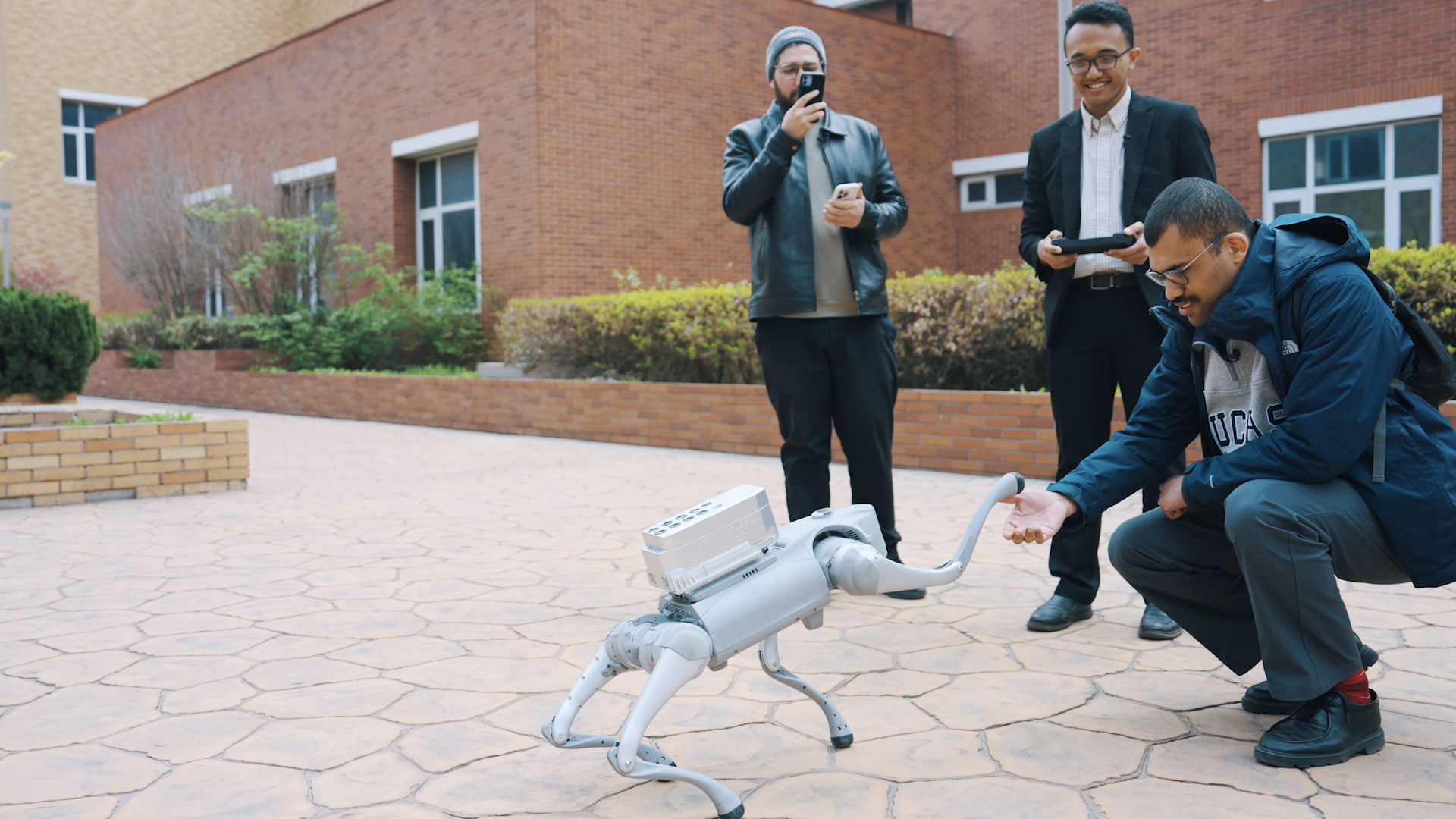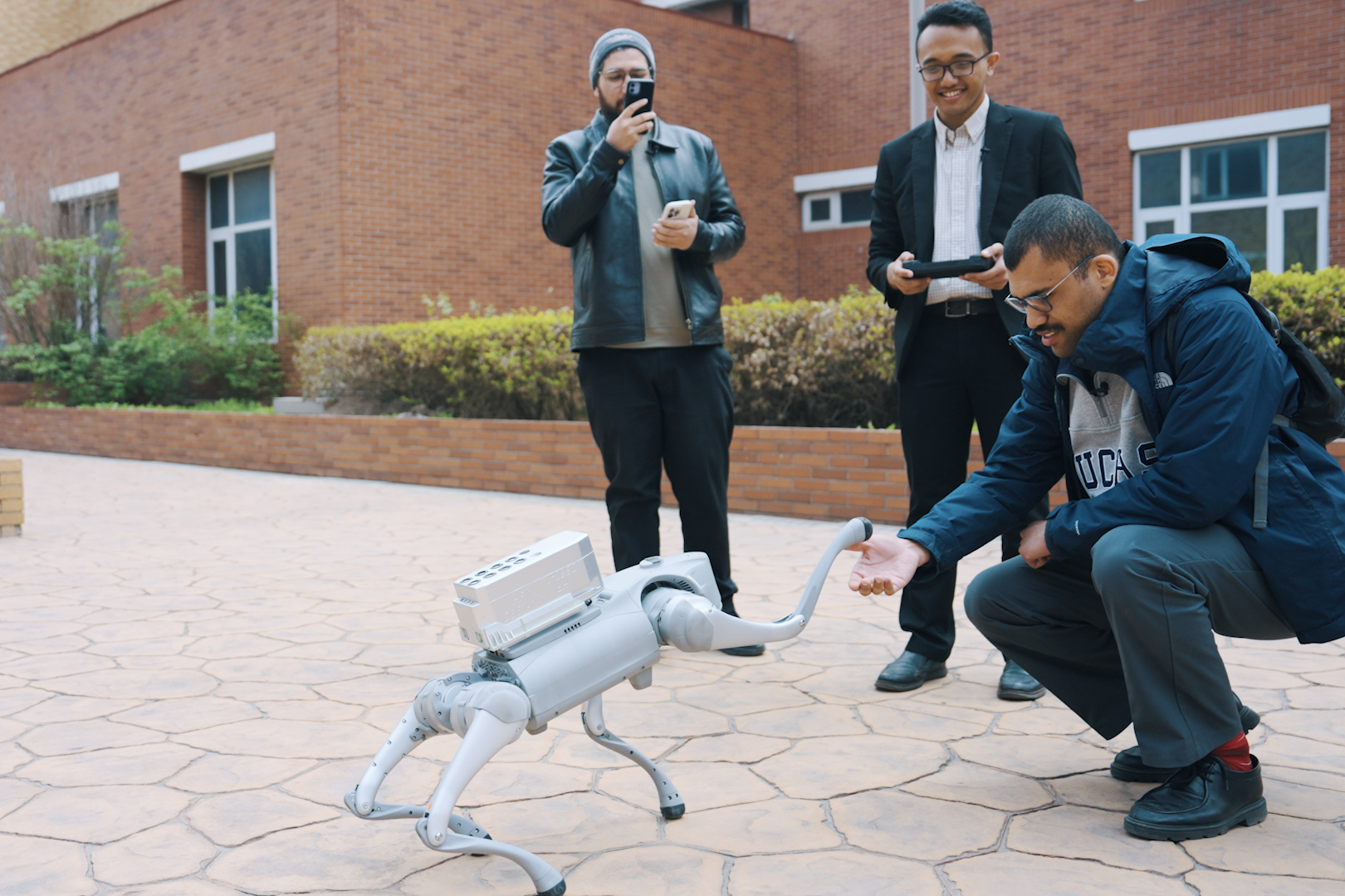Three-Way Cooperation, a Cornerstone of China's Success in Innovation
Getting away from Beijing was a breath of fresh air for me. Since Beijing has the largest international community in the region, as an international student I often fall into the trap of inner circles.
This trip awakened my curiosity and aroused my growing interest in the Chinese high-tech scene. As a Public Management student, I have already taken a course on social and innovation policy during the year. With this hands-on trip, I was able to turn my memory of the academic articles I read into a tangible experience.

It was very impressive for me to witness the full scale of economic development in Beijing-Tianjin-Hebei. I never imagined that the government would be so involved in this region's innovation drive.
Drawing a parallel with my country of origin, France, I would like to point out that the Helix model is also very present in China, or at least in Beijing. Wherever we have been, we have been able to witness the excellent cooperation between companies, universities and the government.
For example, we went to Danfoss' R&D and production center in a special economic zone in Tianjin, where the company doesn't hesitate to work with students. I think this 3-way cooperation is a cornerstone of China's success in innovation.

In addition, I really appreciated walking around the diverse streets of Tianjin. It was quite amazing for me to find this kind of architecture in China. I have often been confused between epochs and styles. Tianjin's style surprisingly combines a mixture of European and Chinese architecture.
Not to forget, I admired the ancestral know-how behind the popular Tianjin steamed buns. I learned how to make them and intend to find the appropriate equipment to cook them at home. In short, I would like to say that Tianjin is a must-see place in northern China.
The author is an international student from the University of Chinese Academy of Sciences in Beijing.







